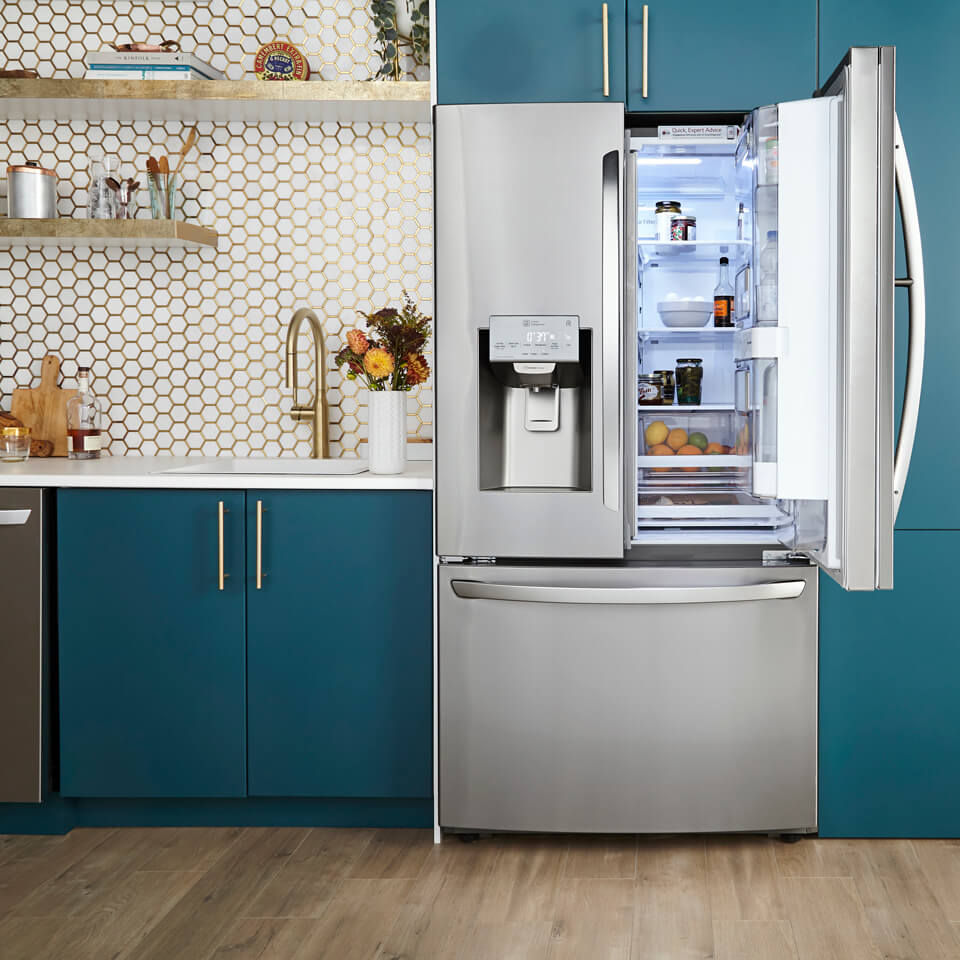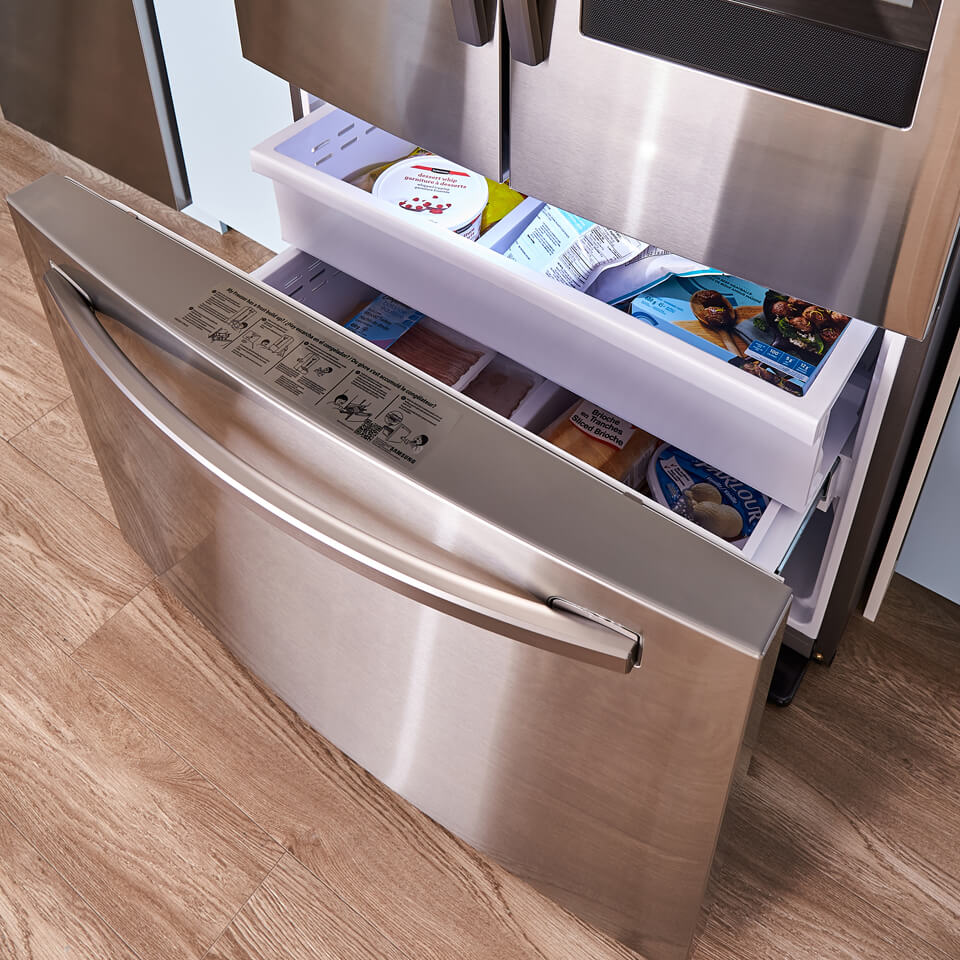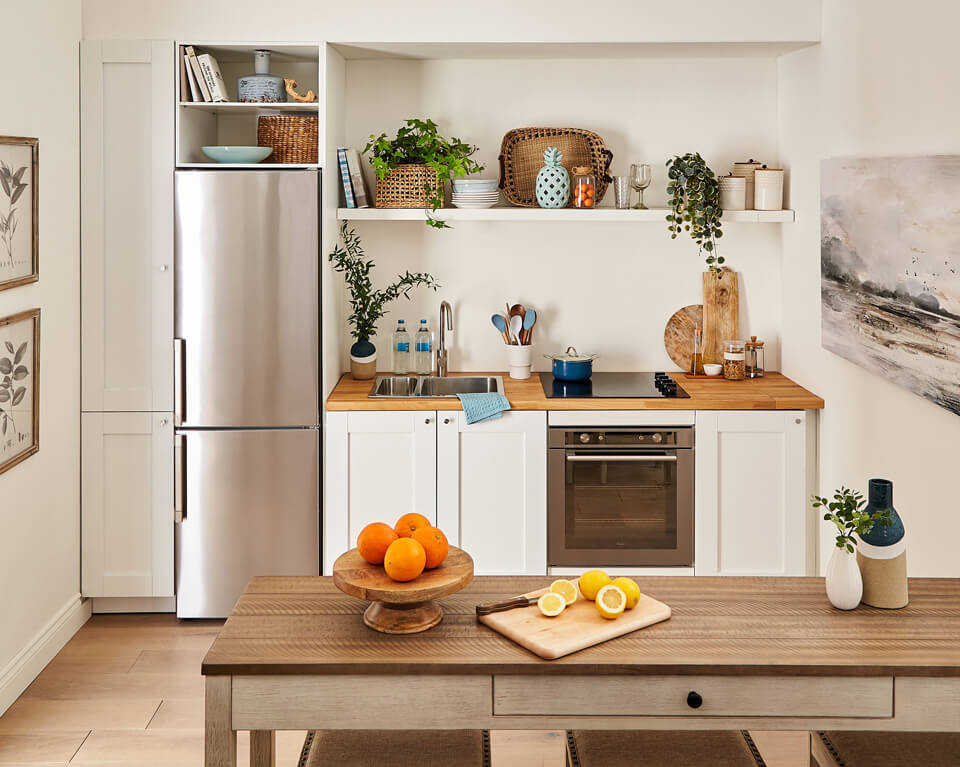Buying a new refrigerator is an investment that is typically required every 10 years. Since this is such an infrequent purchase, knowing when you need one and what type you need can be an overwhelming endeavor. Summer is the optimal time for fridge use because of the increased consumption of cold beverages, popsicles and chilled meals.
This guide will break down when you need to swap out your old refrigerator for a new one, the telltale signs that it’s time to let go of your old fridge and some little-known tips on choosing the best fridge for your home and lifestyle.
Is Your Old Fridge Showing Any of These Signs?
Before it’s time to buy a new refrigerator, your fridge may give you some signs that it's on its last legs, and it’s time for you to invest in a new model. Here are some red flags to be aware of, so you can begin shopping around for a new fridge.
Low-Energy Efficiency
If your recent energy bills have seemed excessively high, your refrigerator may be to blame. Older fridge models can consume more electricity than newer models, which results in a higher electric bill. When you’re shopping for a new fridge, look for models that have an ENERGY STAR® certification. Refrigerators with this qualification can consume almost 10 percent less energy than older or less efficient models.

Excessive Motor Heat
If the back of your refrigerator feels hot, it likely means the refrigerator motor is overheating. If your fridge is newer and is still under warranty, a professional fridge repair may be your best option. However, if your refrigerator is older than 10 years, it may be time to replace it.
Do you hear your fridge’s motor constantly running? This can also be a sign that the motor may be close to burning out. If the motor sounds like it’s constantly operating at maximum speed, this may be another sign for a new fridge.
Food Spoilage
There’s always going to be some food in the fridge that has lasted longer than its expiration date. However, if your food is spoiling faster than it should, this could signal that there’s a problem that your fridge isn’t cooling down as it should. If your refrigerator's temperature is at the correct number and the fridge still isn’t cooling down, it’s probably time to replace it with a newer model.

Signs of Condensation
If condensation is developing in your fridge, this indicates that it may not be working correctly. Condensation is a sign that your fridge is working overtime to do its job. Have a professional take a look to be sure there’s not a simple fix. If not, it’s time to consider investing in a new fridge.
What to Look For In Your New Fridge
With so many brands, styles and sizes of refrigerators on the market, it can be overwhelming to determine the best option for you. Below is a breakdown of the different refrigerator models and what option may be the best fit for your home and lifestyle.
Fridge Style
With so many different configurations available, it can feel impossible to narrow down the best option for you. Here are some of the most common fridge configurations.
- Top-freezer: This is a traditional style with the freezer on the top and fresh food compartment on the bottom. A top freezer model can often accommodate smaller spaces like apartments or cabins, and may be your best bet for the best bargain.
- Bottom-freezer: An inverse of the top freezer, this style has a larger fresh food compartment on top and the freezer on the bottom. This model may be best suited for your household if you prefer fresh food within closer reach.
- Side-by-side: In this layout, the freezer and food compartments are next to each other and span the full height of the appliance. This style provides easy access to both compartments and is easy to organize.
- French-door: This style of refrigerator offers the convenience of multiple fridge styles. You get the easy access of the side-by-side fresh food compartment, and ample freezer storage below.

Fridge Colour
Like most appliances, refrigerators come in several different finishes. The most common fridge finishes are stainless steel, black stainless steel and white. It helps to choose your new fridge’s finish based on your existing appliances and the overall design scheme.
Fridge Size
Refrigerators come in a variety of sizes. One of the biggest questions is whether or not to get a counter-depth fridge. This means that the depth of the refrigerator will align with the countertops, which results in a custom look. However, they are slightly smaller than standard size refrigerators and are also more expensive.
An extra-large fridge may be an option if you have a big family or store large quantities of food at home. A bigger-capacity fridge also comes with a higher electric bill. If you believe you need an extra-large fridge, it’s essential to measure its proximity to other features in the space to ensure you have ample clearance when walking past and opening the doors.
Alternatively, if you live in a smaller space and you’re cooking for one, a compact fridge may be the best choice for your home.

While there is plenty to consider when investing in a new refrigerator, knowing when to buy a new fridge can help you prepare to make a quick decision if your old fridge goes out. Understanding the styles, colours and sizes before you start shopping can make an overwhelming shopping trip feel much more manageable.





